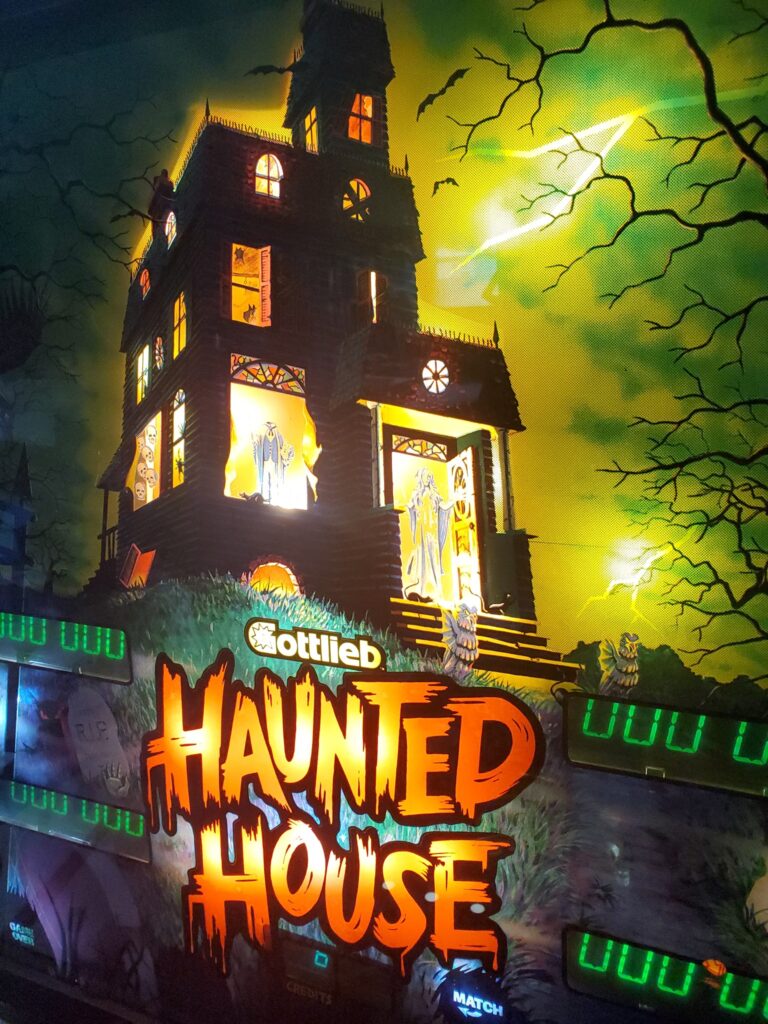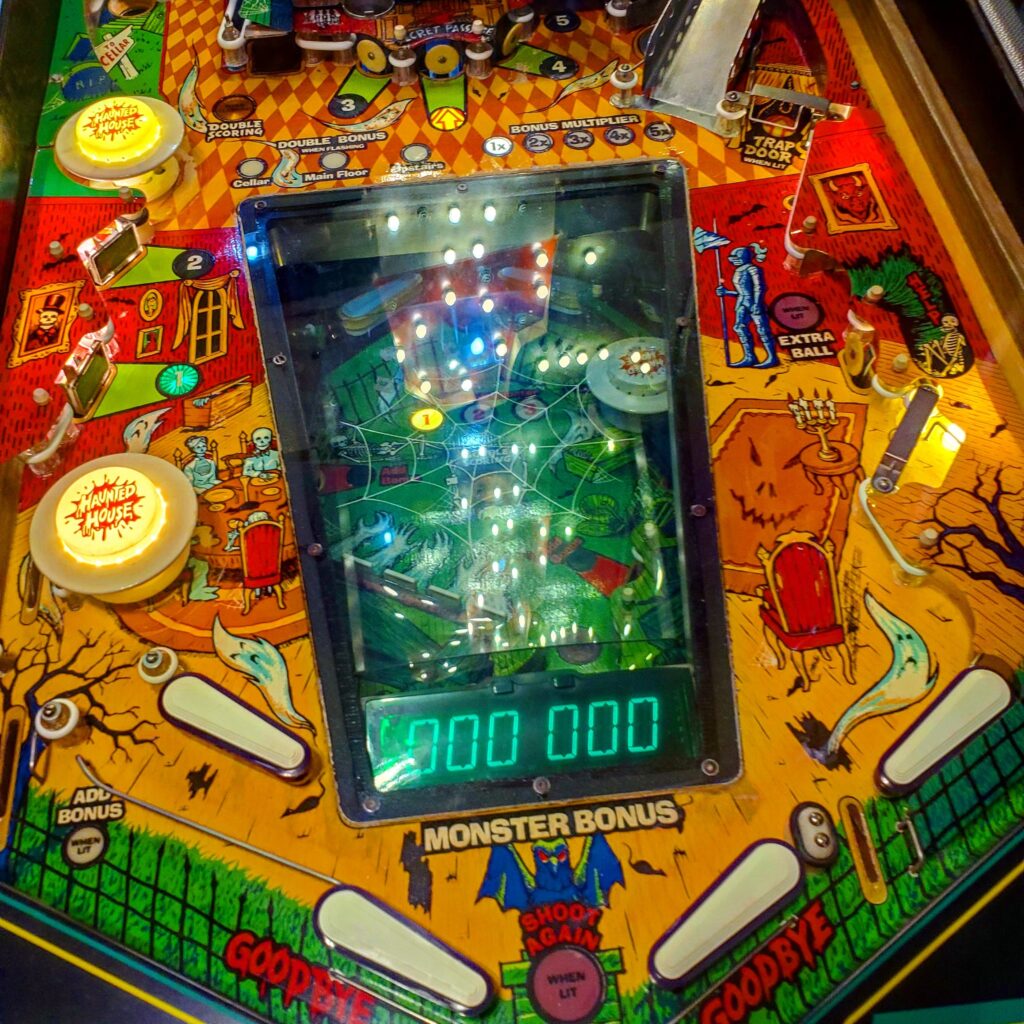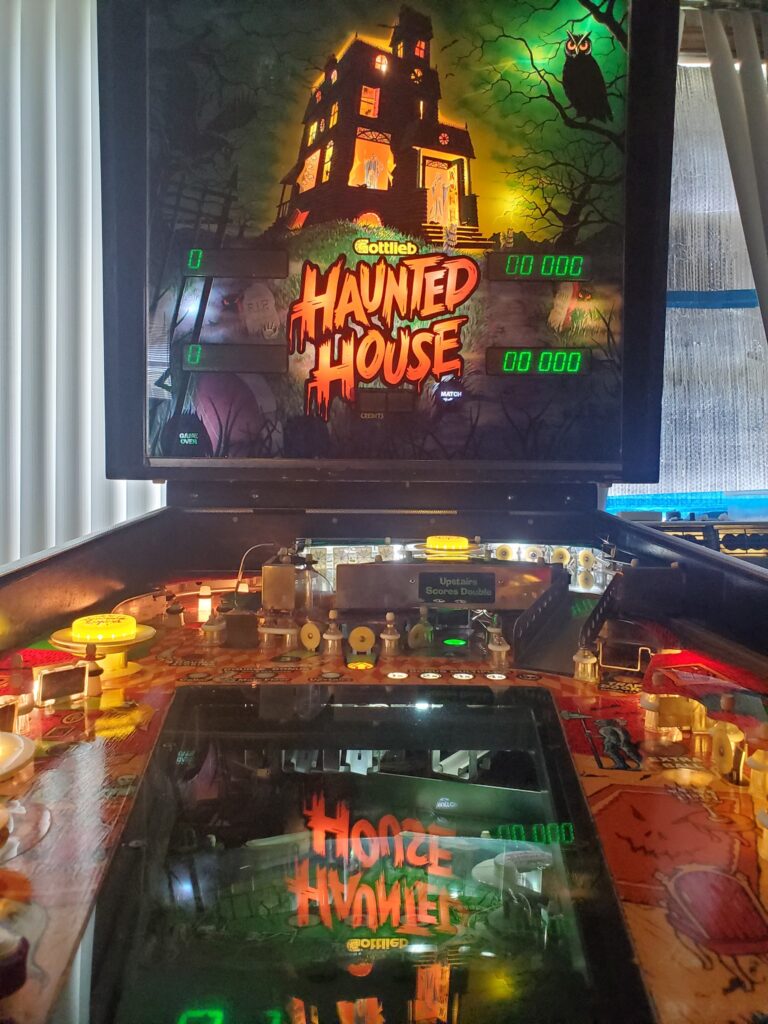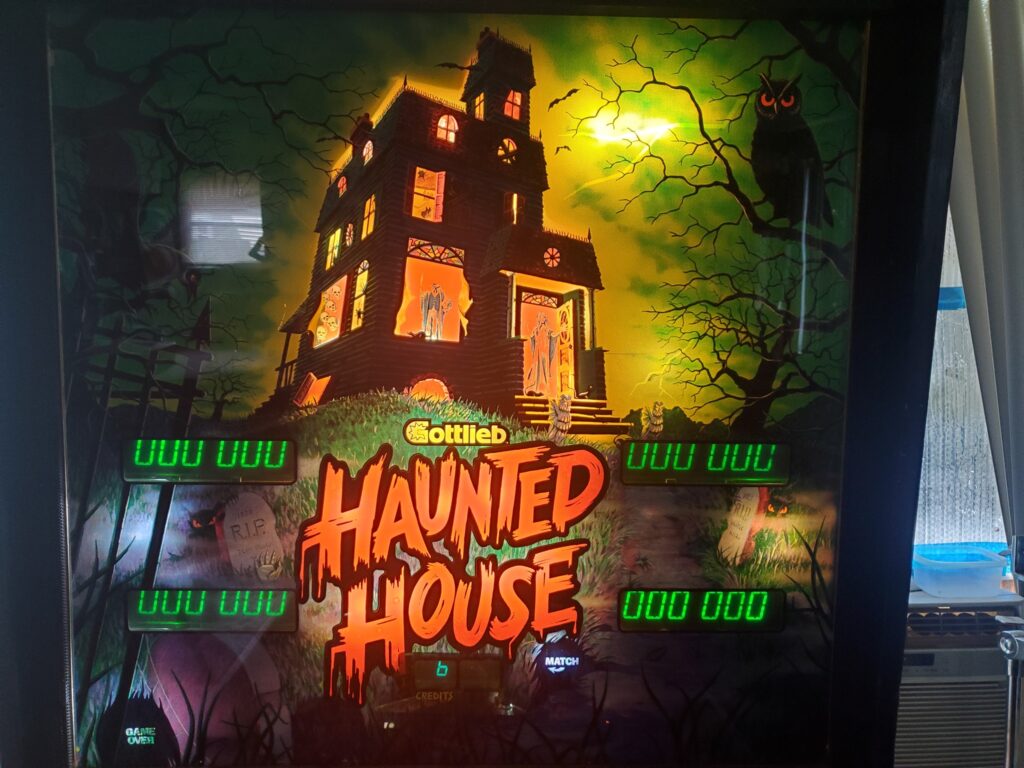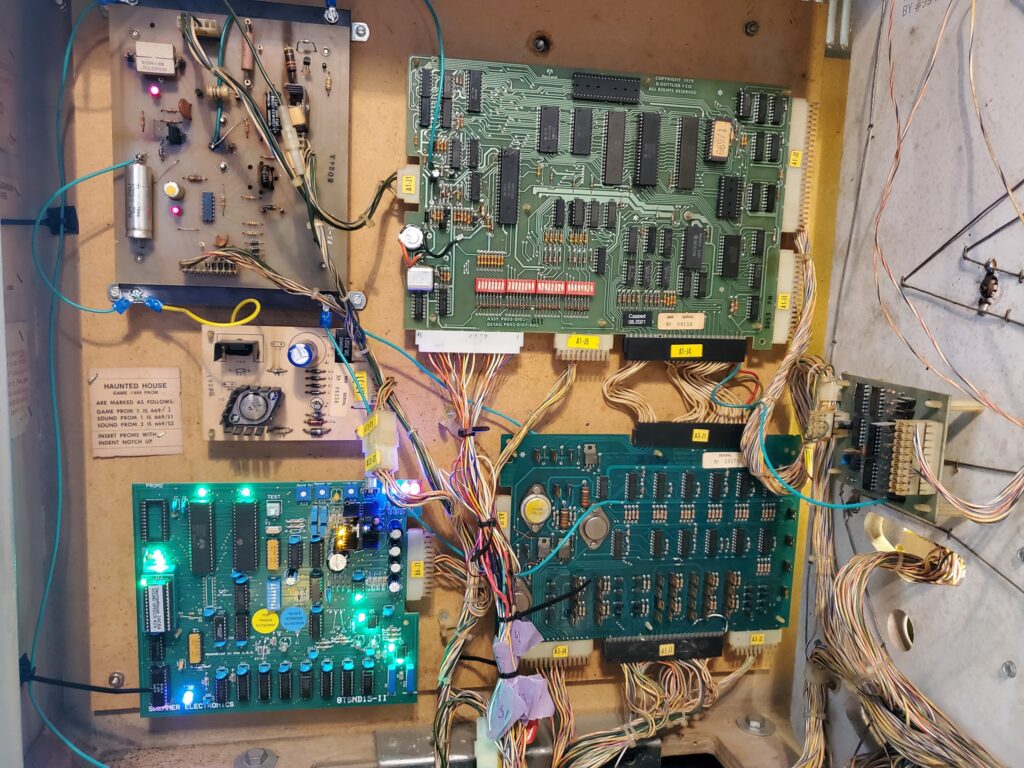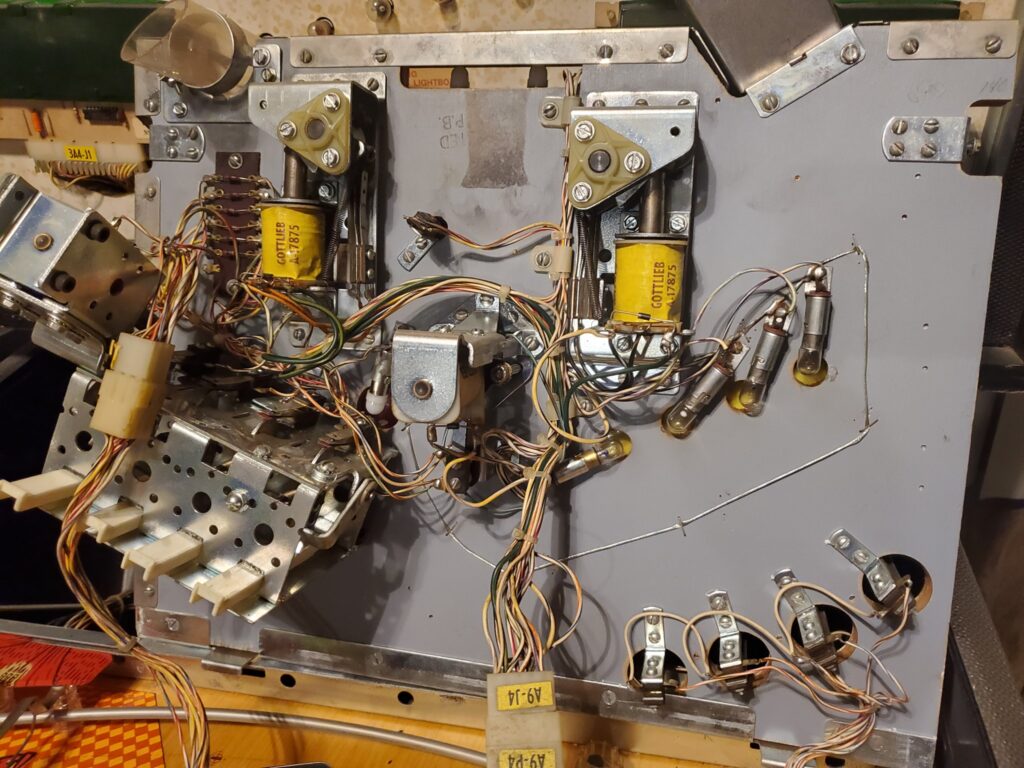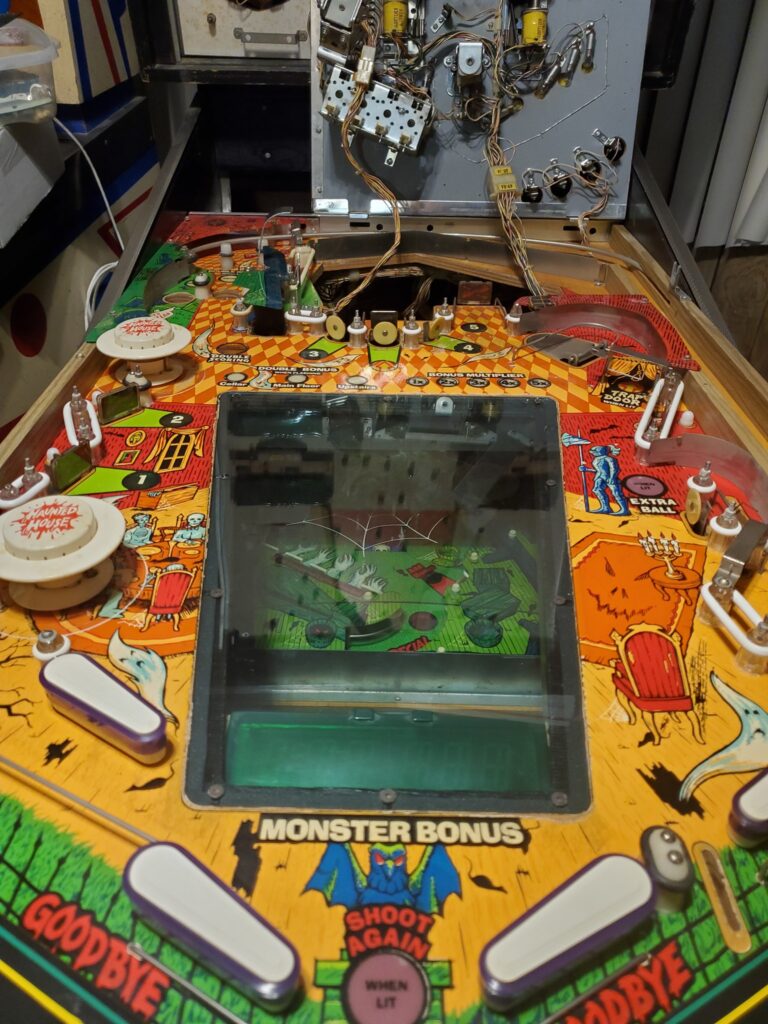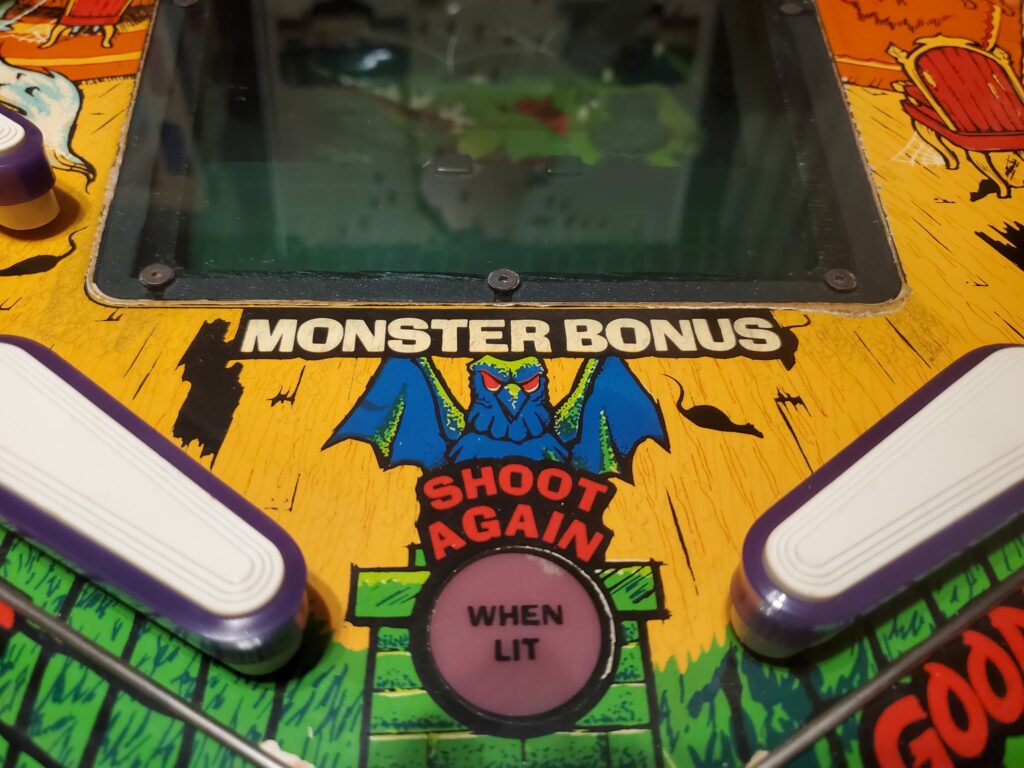Now that the Haunted House is all restored, let’s do a video showcasing the gameplay and ruleset!
Category Archives: Showcase
Pinball Showcase: Bally 1979 “Paragon”
How to play Paragon, the scoring, the ruleset and strategy. This is the original 1979 classic solid state game.
Bulbs Vs LEDs Which is Best? YOU decide!
I talk a lot about LEDs and their pros/cons (mostly pros in my book) but obviously this is a heated discussion among enthusiasts. I decided to try an experiment and do different configurations of stock incandescent bulbs, along with a warm white and cool white LEDs and even a mixture. Can you tell the difference? What do you think looks best?
Before I show you a video of the process, here are random pictures of the backglass of Paragon with different lighting configurations. If you don’t want to know which is which, don’t scroll down too far…
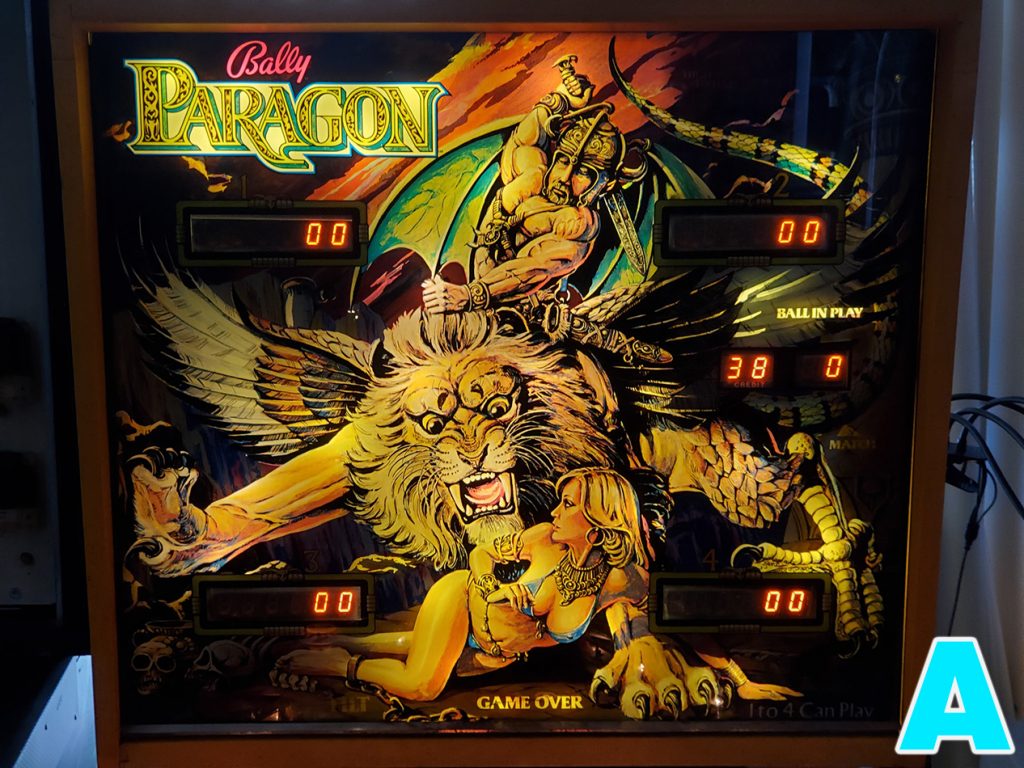
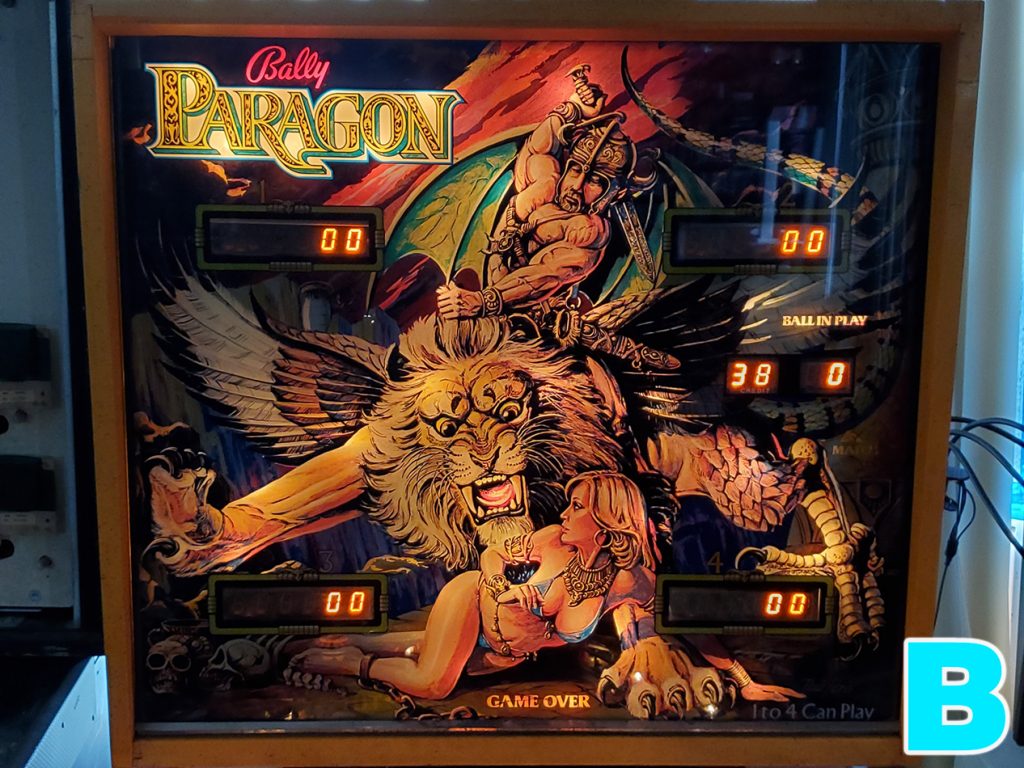
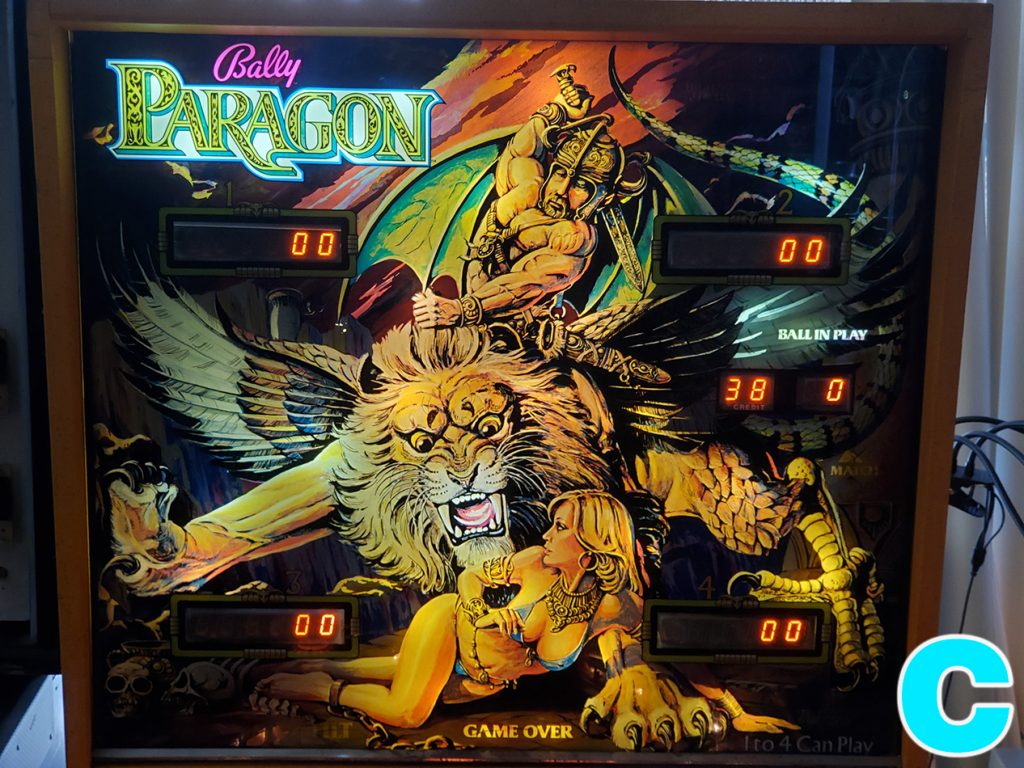
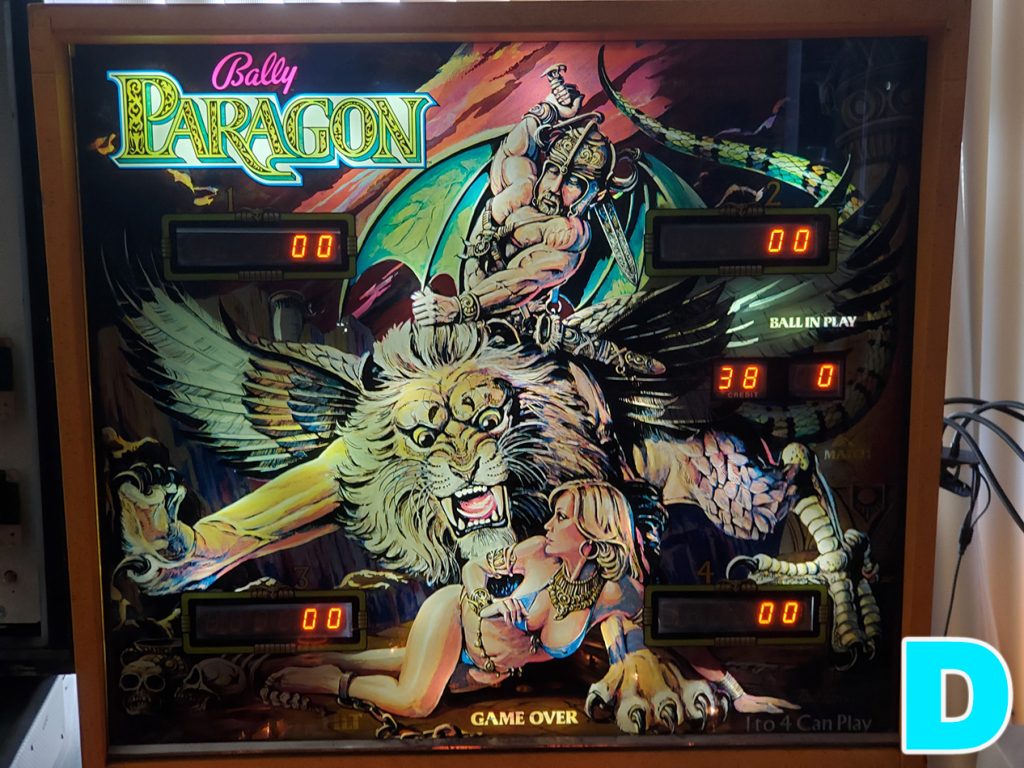
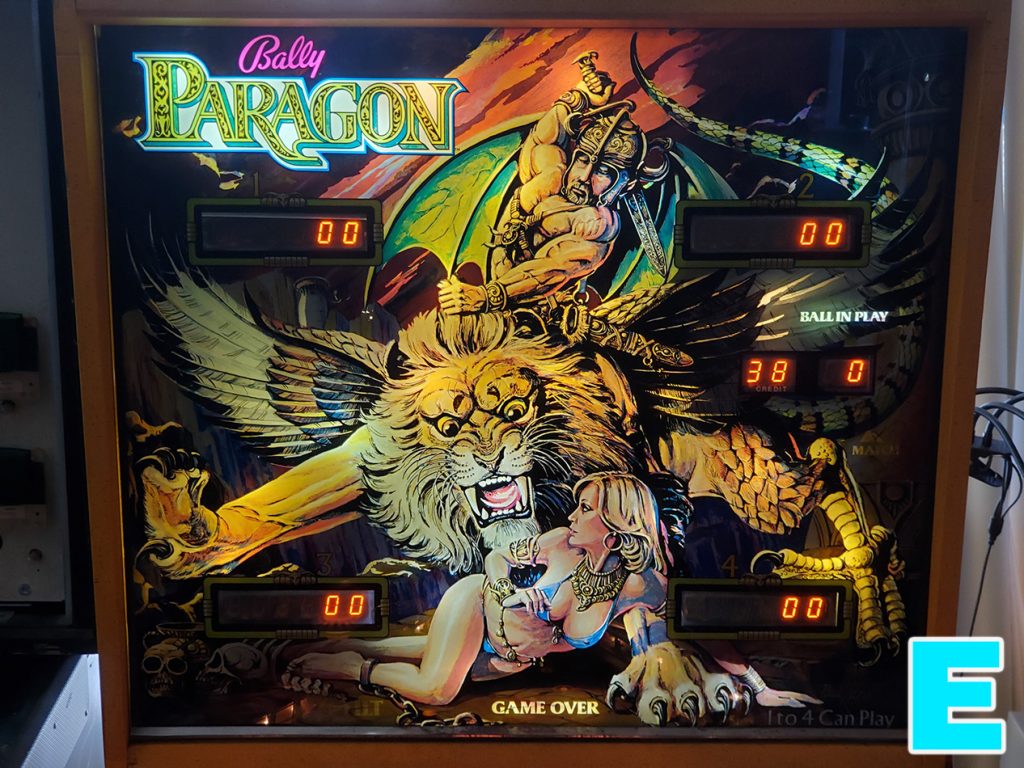
Ok, below is the same experiment done on video.. and if you scroll down farther, you will see the lighting configurations revealed… NOTE that the order of the light configuration in the video is not in the same sequence as the A, B, C pictures. I mixed them up for the pictures so people could try and guess first without knowing.
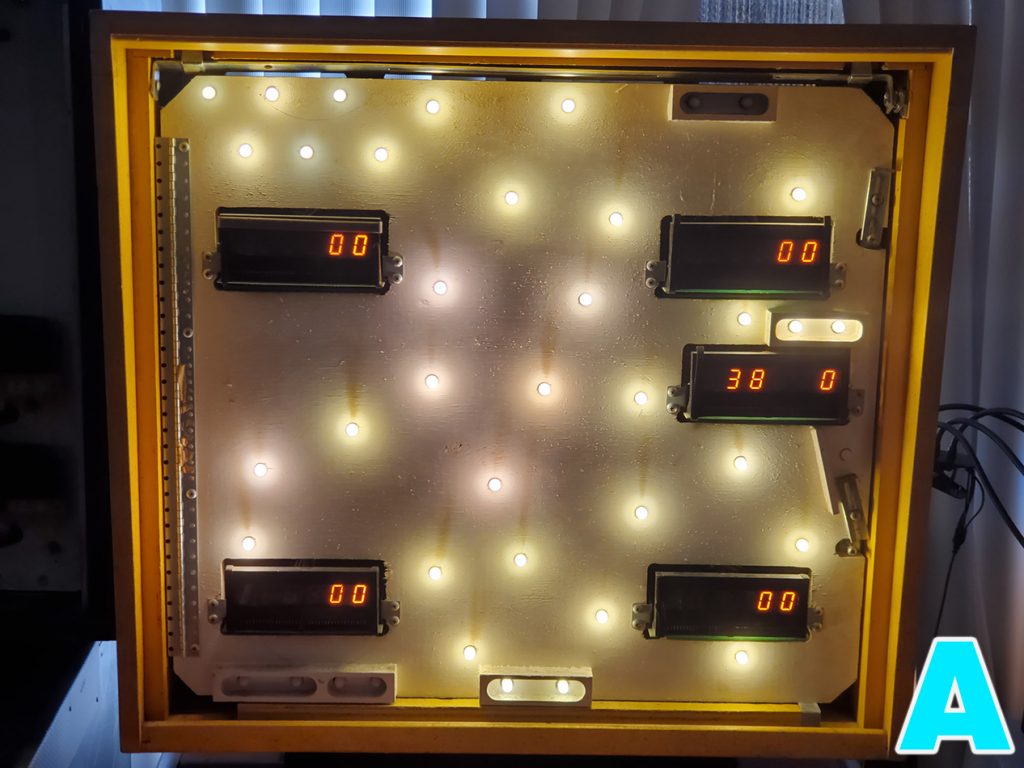
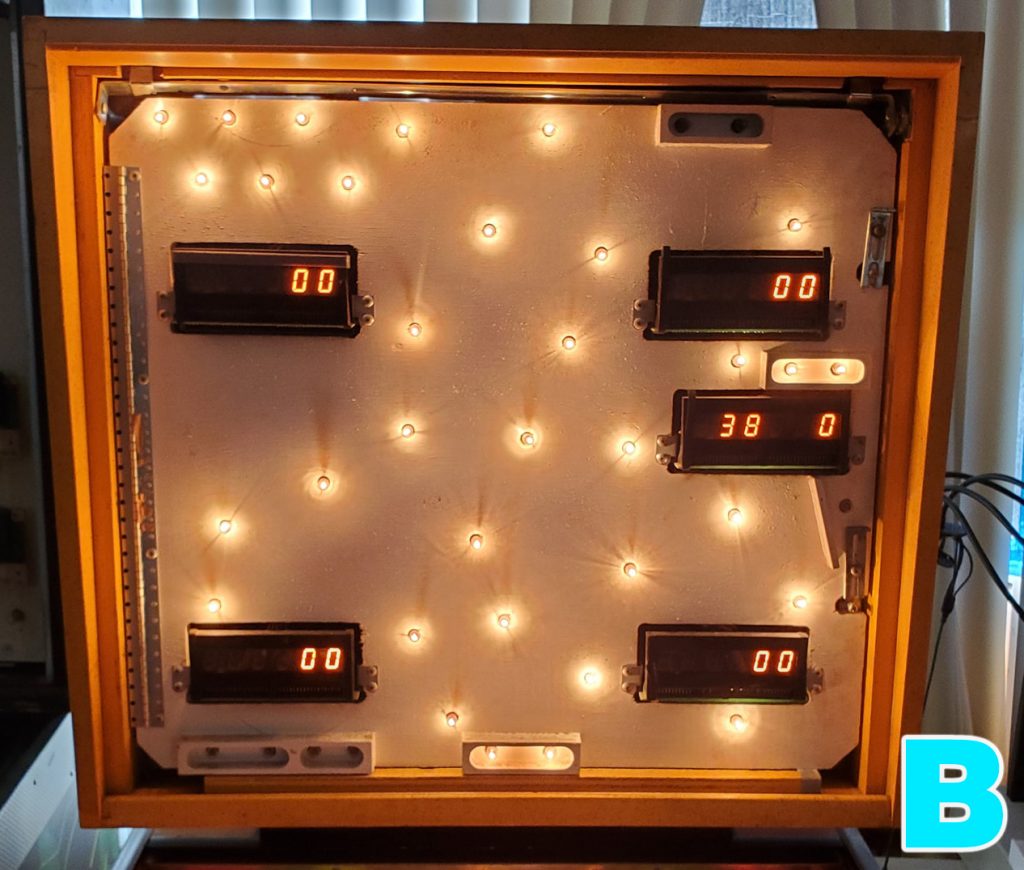
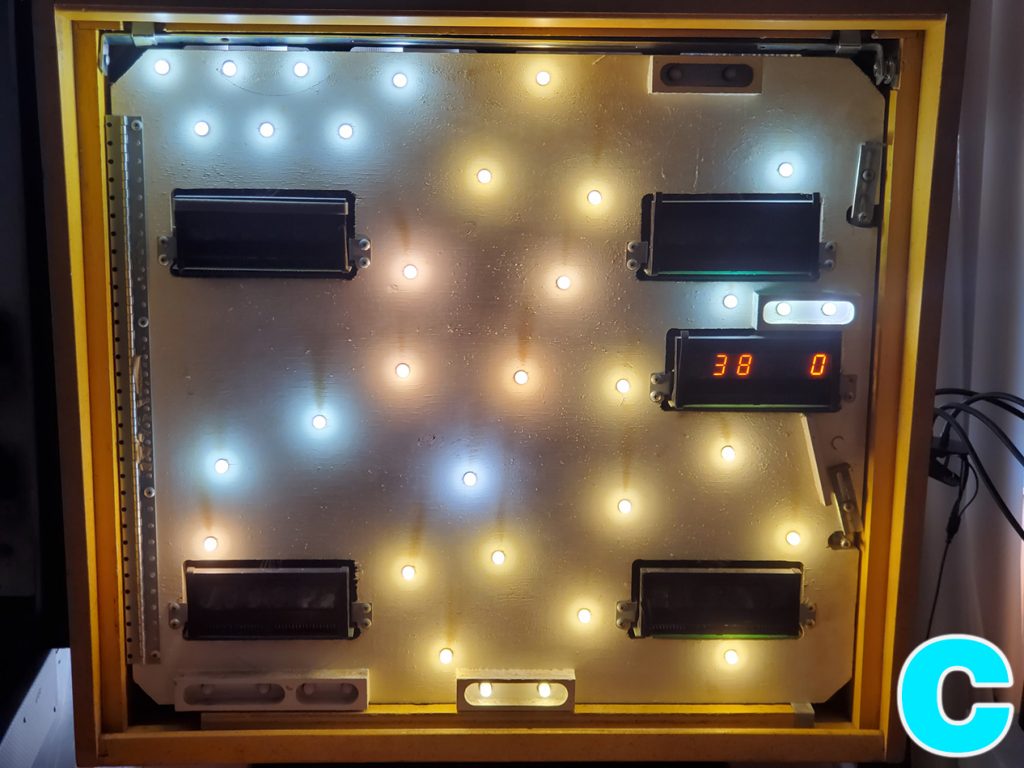
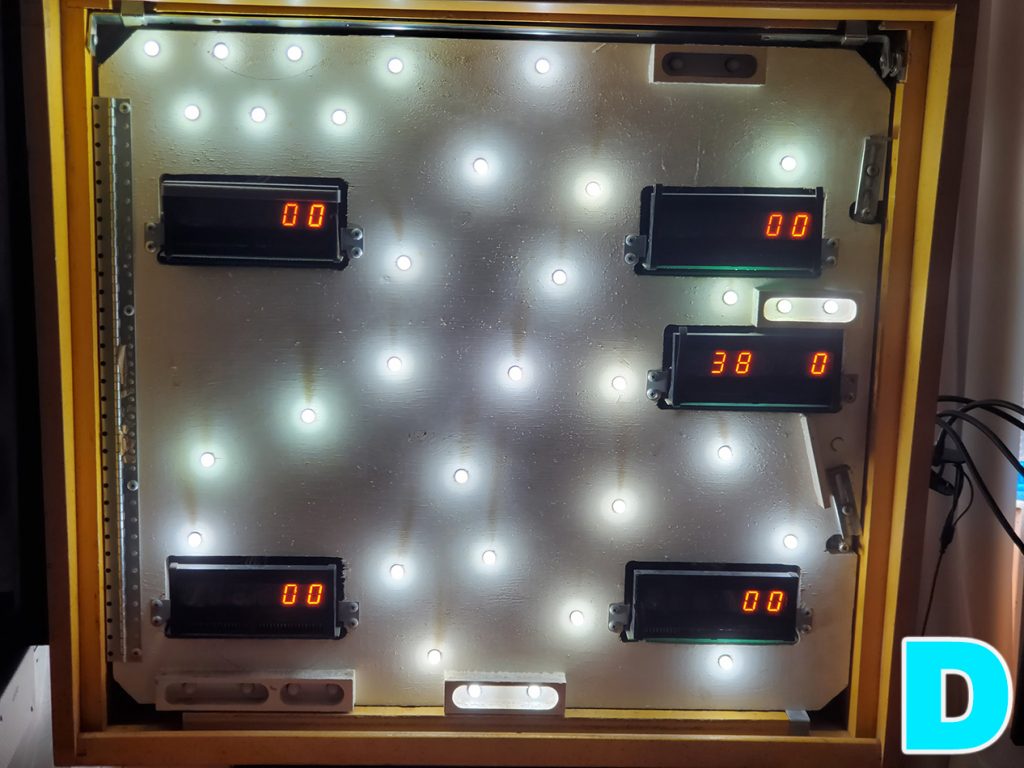
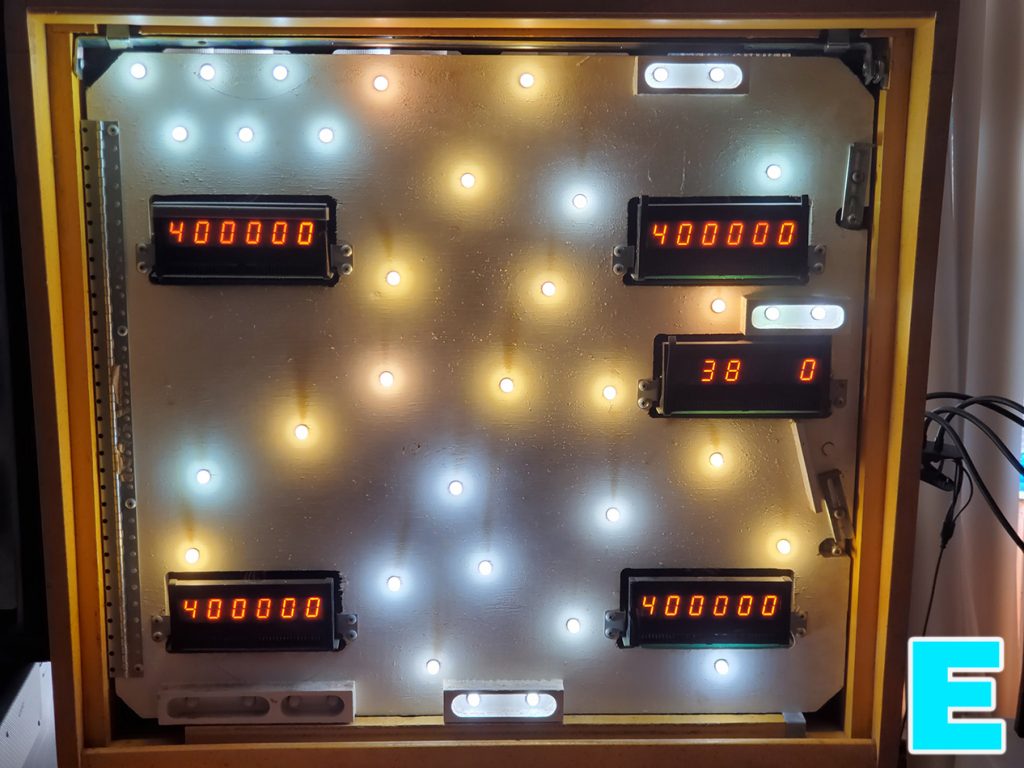
What do YOU think? You can also leave comments on Youtube here: https://youtu.be/Rjl4fi7t8I4
Quick demo of fully-modded Stern “Trident” pinball with new rules and sound
After getting my Trident operational, I installed the BSOS system and have been working on fine-tuning the custom code and sounds. Here’s a short demo of what the new Arduino-based controller does to a standard Bally 18/35/Stern early solid state game.
Resources (courtesy Dick Hamill):
The code is all available on GitHub. It’s broken down into a base library and then machine-specific implementations. Rewriting other games requires a moderate knowledge of C/C++.
https://github.com/BallySternOS
Here’s a suggested parts list. If you bought all these things, you could create 6 of these boards. If you don’t need that many boards, you might find cheaper ways to source smaller quantities. I haven’t done any work to figure out if this is the cheapest way to source any of this stuff.
Cheap Arduino knockoff x6 ($20.99) – needs CH340 driver for programming / has to be ATmega328P
https://www.amazon.com/ATmega328P-Controller-Module-CH340G-Arduino/dp/B08NJNJCTX/
0.1″ 40-pin connector (40 pieces for $7.99)
https://www.amazon.com/Honbay-Single-Female-Connector-Arduino/dp/B06Y4S6G29/
32-pin Prototype PCB (2 pack for $9.99) – this won’t work for Alltek or MPU-200 because they have a 34-pin connector
https://www.amazon.com/Prototype-Snappable-Arduino-Electronics-Gold-Plated/dp/B081QYPHHP/
Wire ($7.99) – tons of wire
https://www.amazon.com/REXQualis-Breadboard-Assorted-Prototyping-Circuits/dp/B081H2JQRV/
74125 – ($1.95) https://www.jameco.com/z/74125-Major-Brands-IC-74125-Quad-Tri-State-Bus-Buffer_49373.html
Boot switch – x2 ($8.99) this switch will work for activating the Arduino board and toggling the speaker (see the writeup here to find out why: https://ballysternos.github.io/install.html)
https://www.amazon.com/gp/product/B07XMH174C/
OR
@RoyGBev has created a PCB and kit (doesn’t include the Arduino) here:
https://pinside.com/pinball/market/shops/1304-roygbev-pinball/04736-arduino-nano-adapter-for-classic-bally-stern
Pinball Stories #1: My first game, “Genie” by Gottlieb
One of the things us pinball enthusiasts love to do is tell stories about how we acquired games. Each game has its own unique provenance and history, and there’s almost always an interesting story behind them. This is the first episode in an ongoing series were we talk about the stories behind the games and how they came to be. I start the series off with the very first pinball machine I purchased, a Gottlieb “Genie” – before I knew anything about how to repair and restore games. It was the game that got me on this path. I hope you enjoy the story – be sure to subscribe on Youtube! Thanks for watching!
Here are some pictures from early on when I got the game and began to restore it.
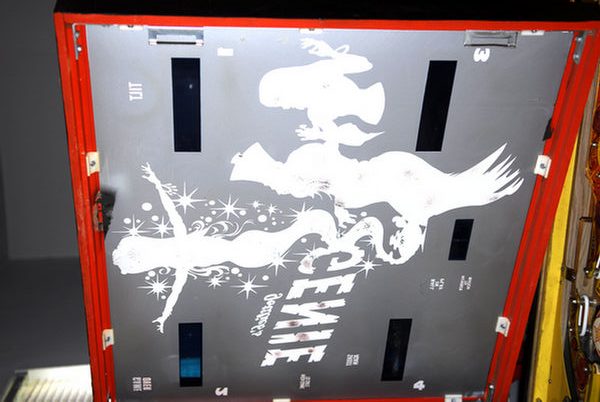
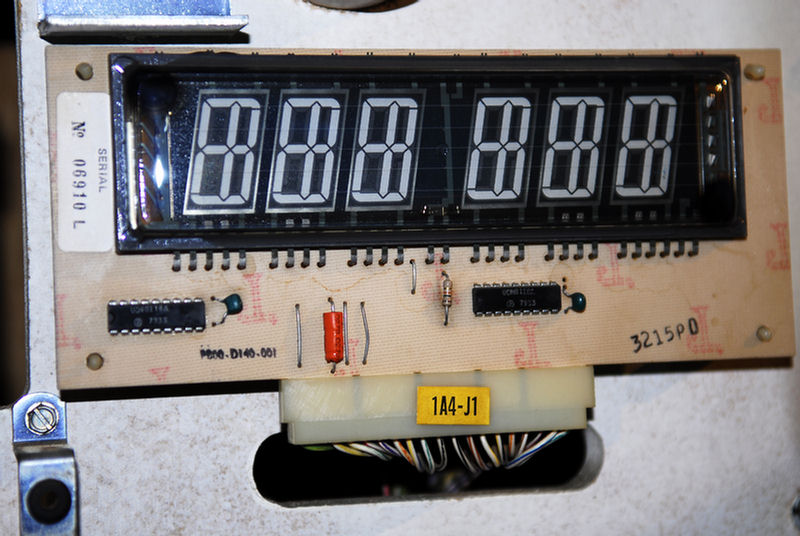
original gas plasma displays 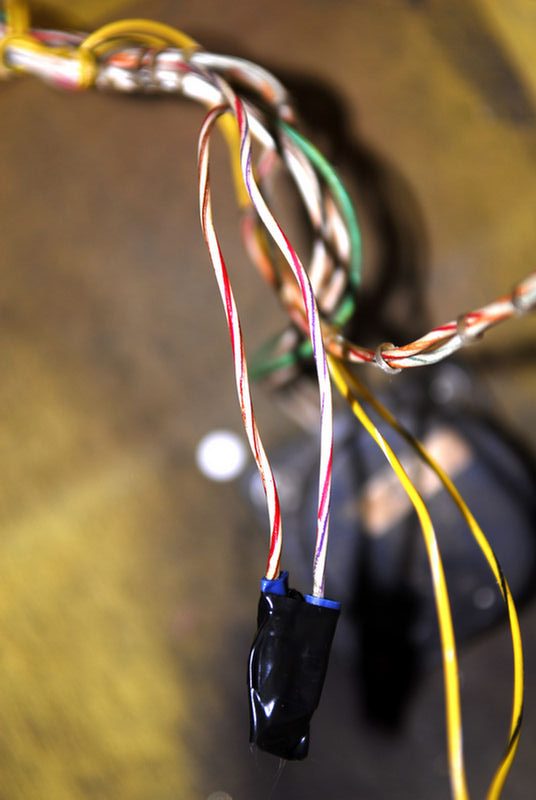
weird original wiring 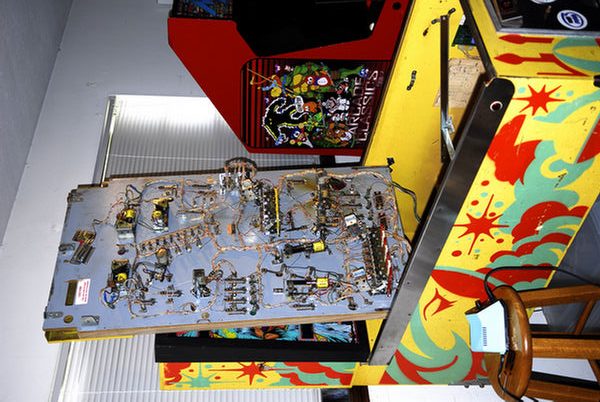
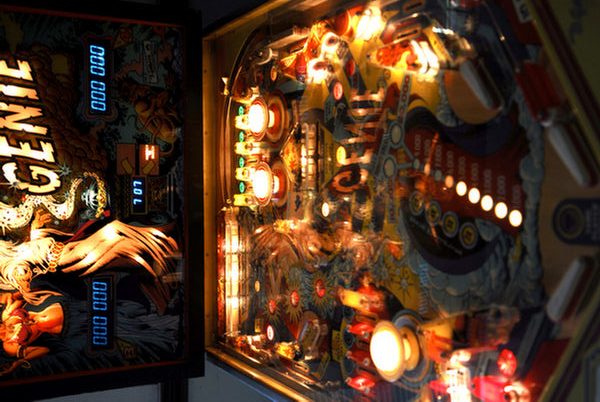
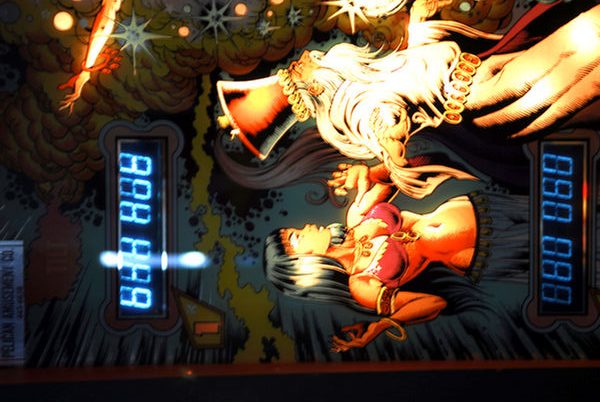
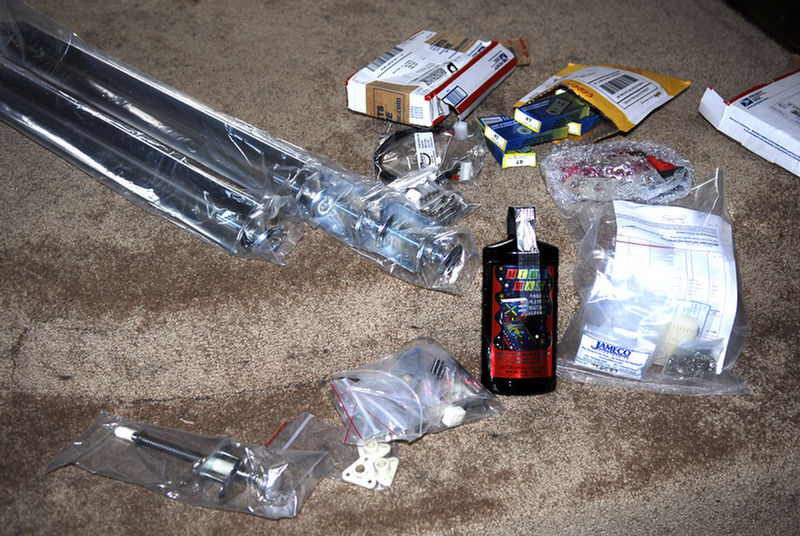
lots of new parts 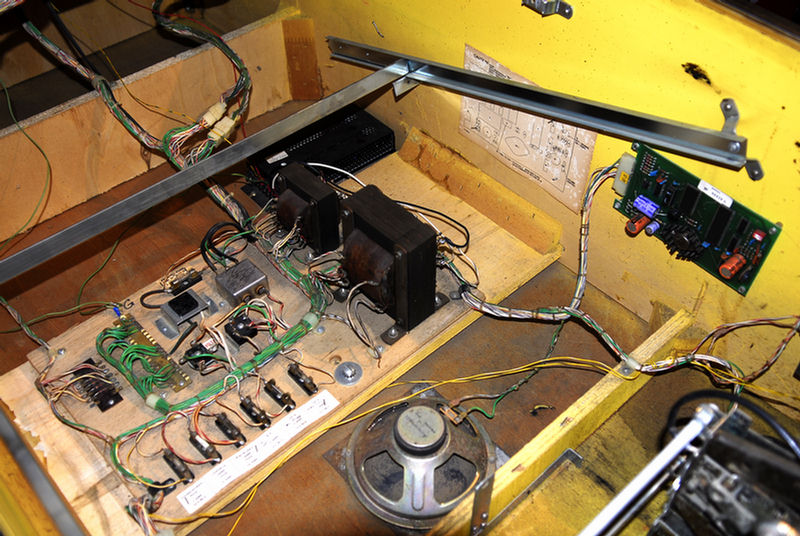

re-pinning the connectors 
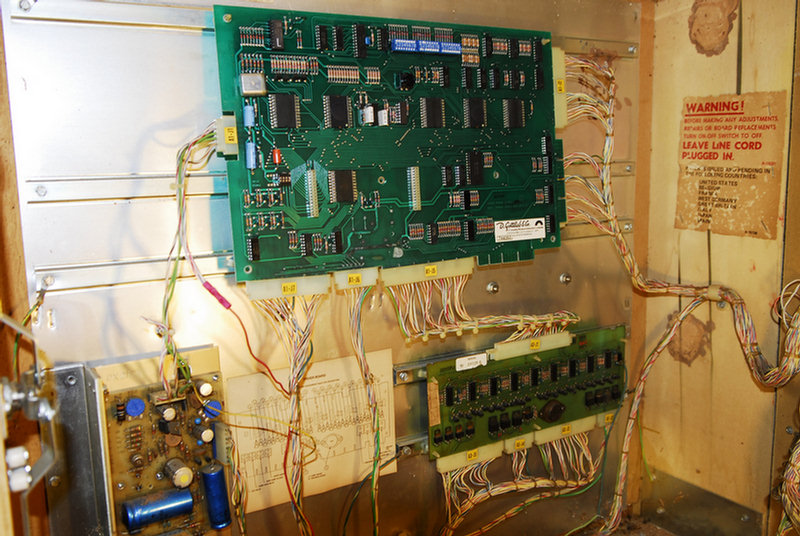
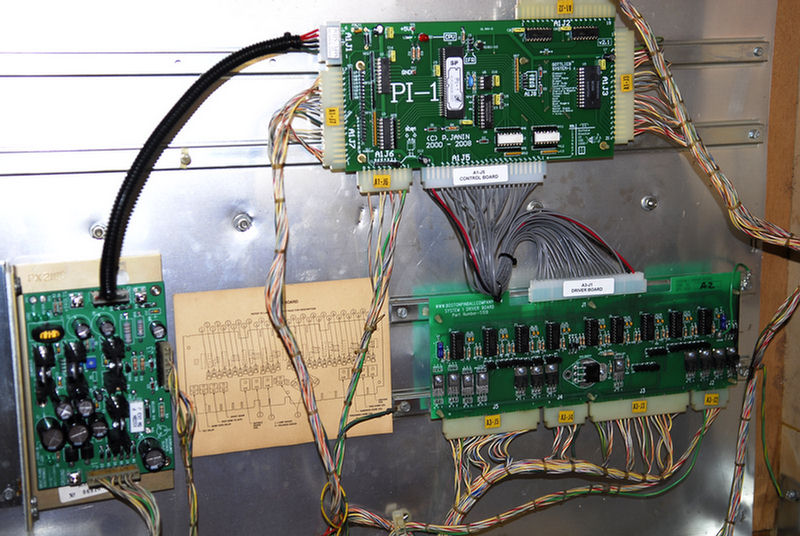
replacing most of the system boards 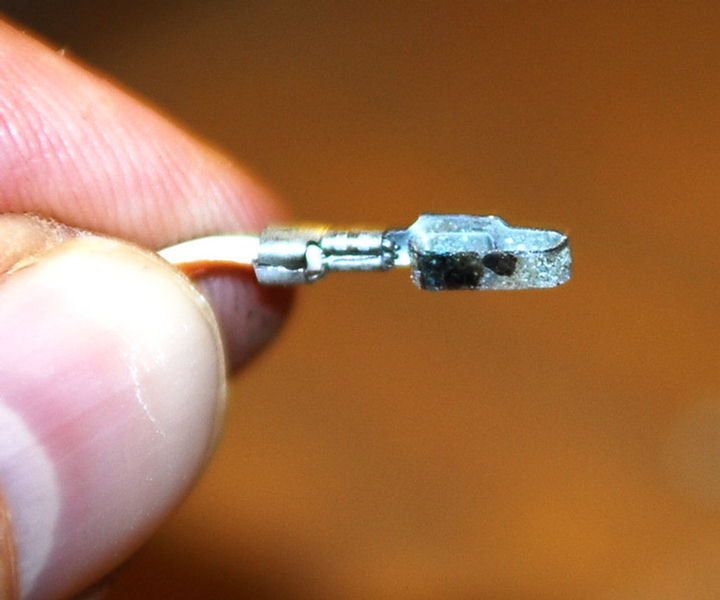
old damaged edge connector pins 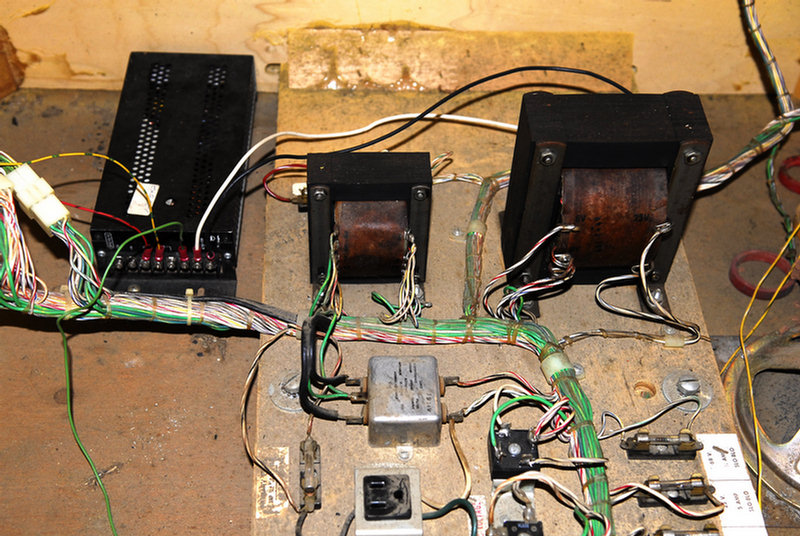
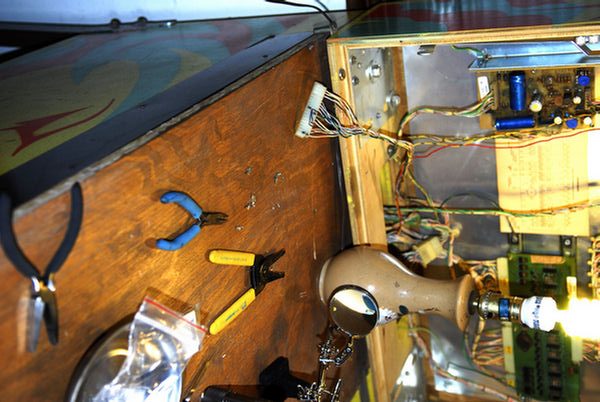
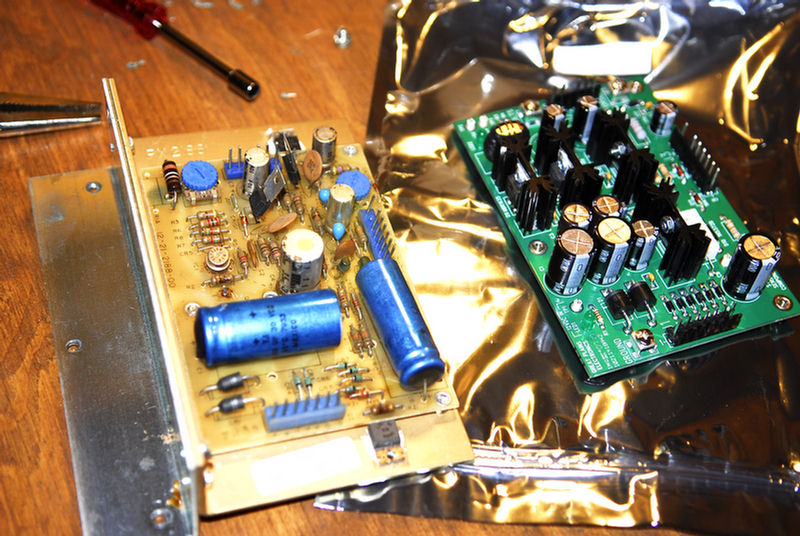
old and new boards 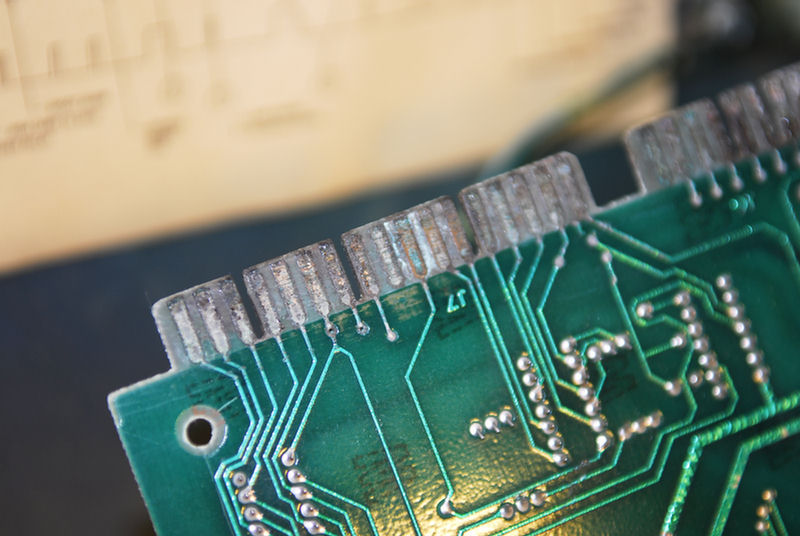
damaged edge connectors that had to be repaired 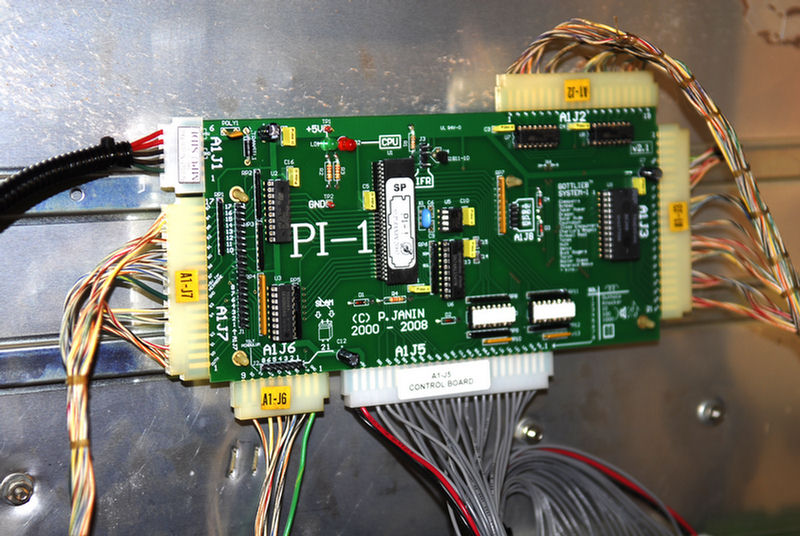
Pascal Janin replacement MPU 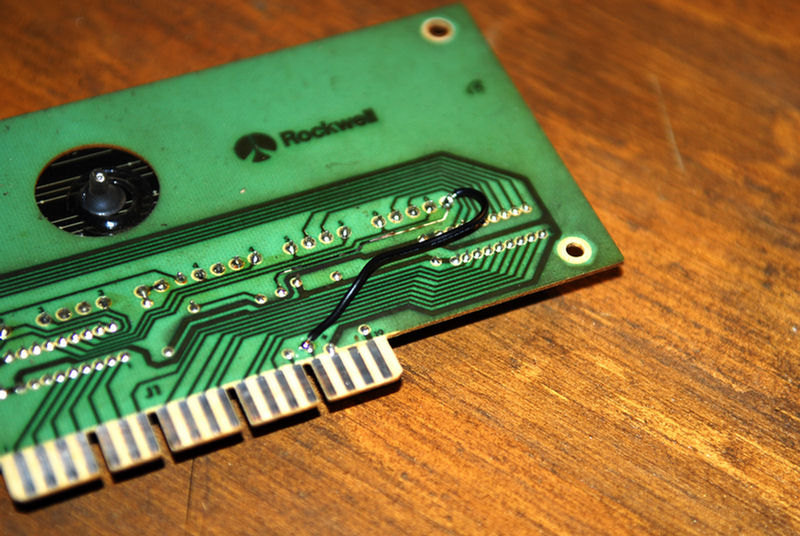
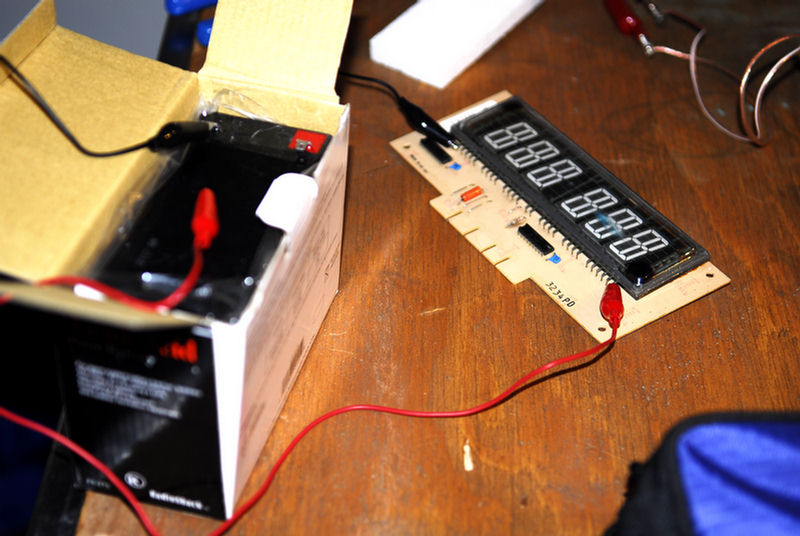
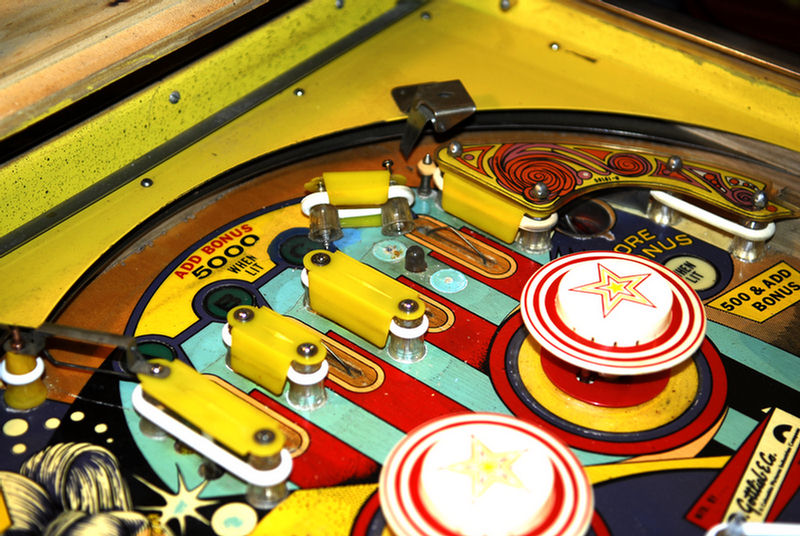
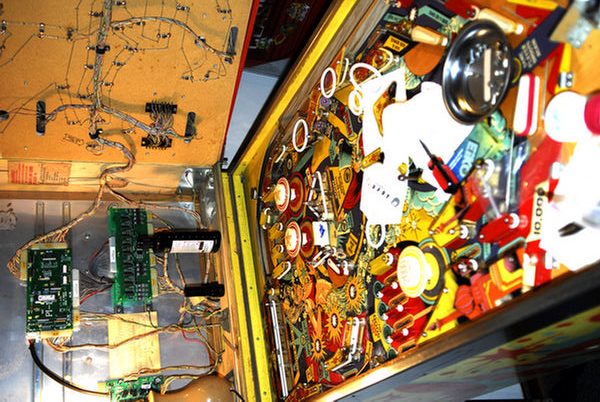
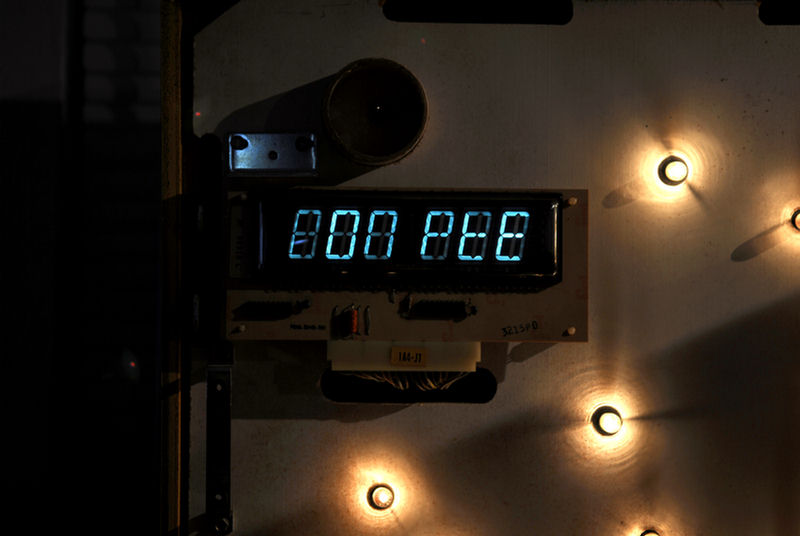
display problems 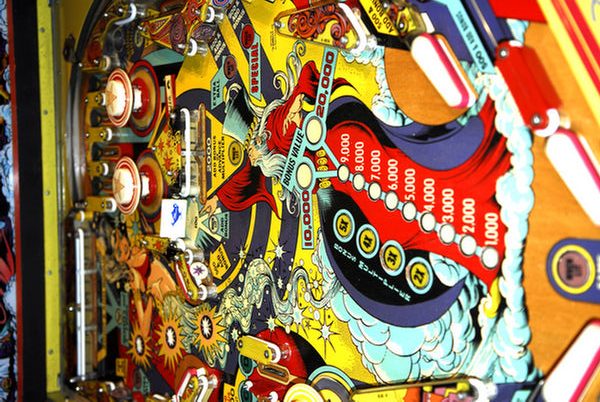
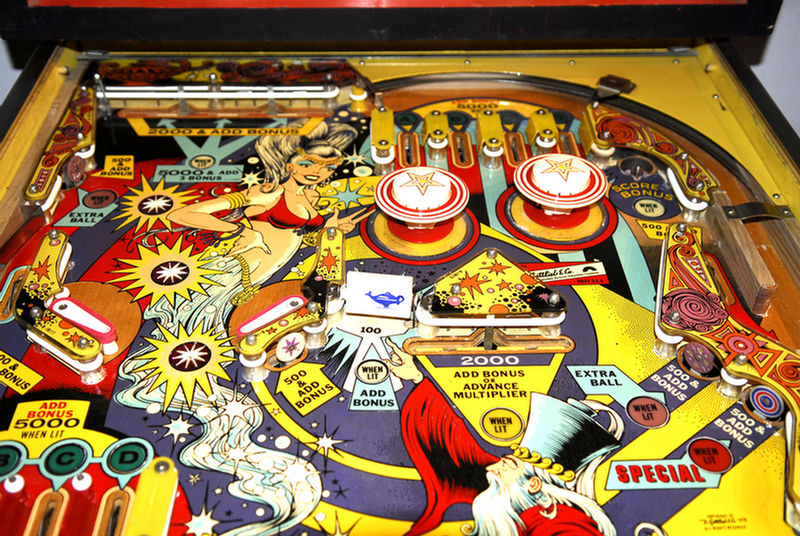
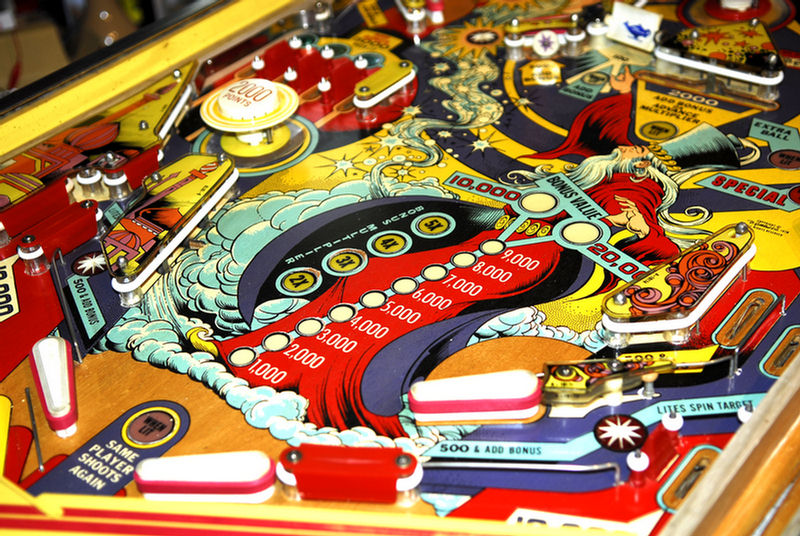
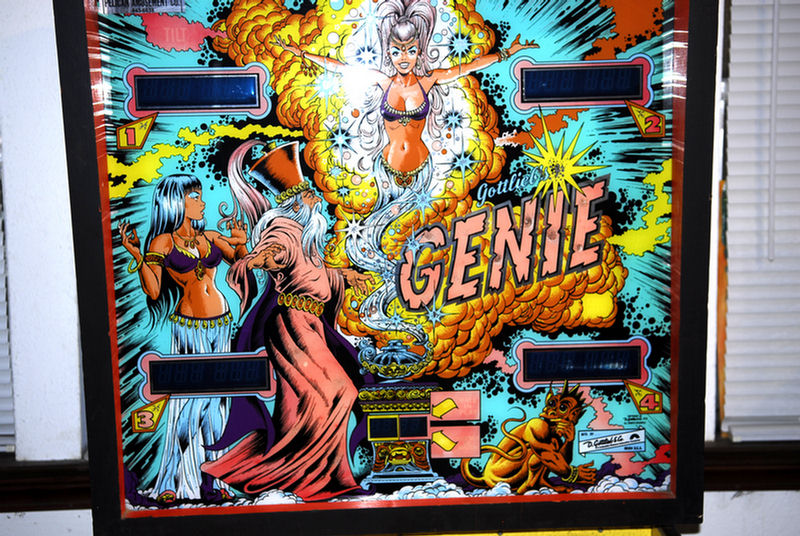
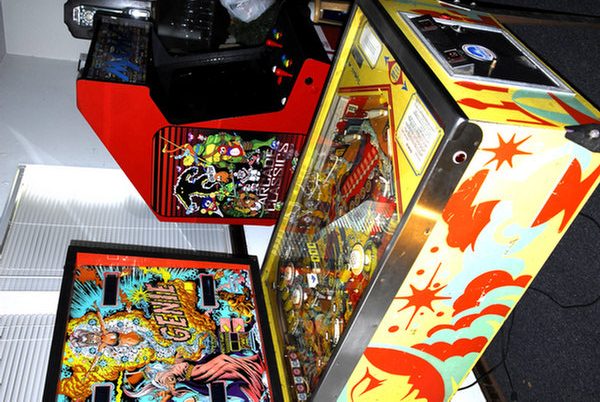
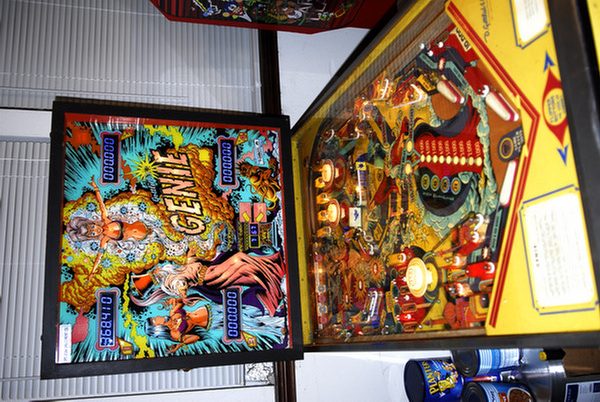
“Party Zone” – Pinball Showcase and Review
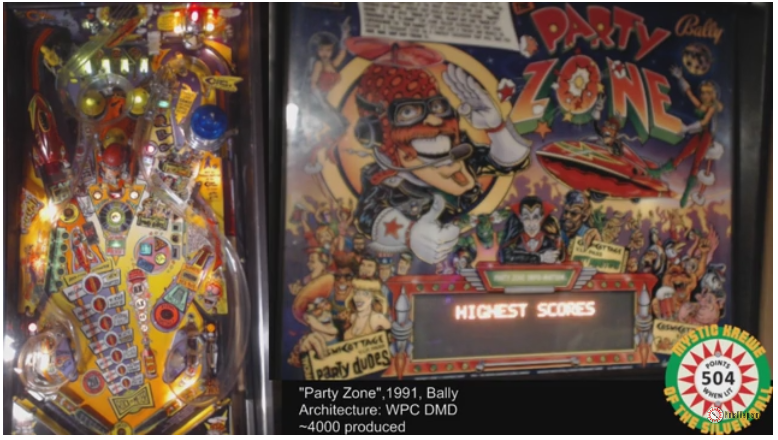
I just pulled this game off route and decided to do a showcase video, so enjoy this quick overview and introduction to this really neat, rare, early WPC DMD game, “Party Zone” by Bally.
1991 Bally early WPC DMD game by Dennis Nordman with art by Greg Freres. Review and play overview and game introduction. This game also plays “Pinball Wizard” by the Who. It has lots of humor, is a non-licensed theme featuring a variety of characters from other pinball machines including Elvira and the Party Monsters, Dr. Dude, Monster Bash and others. Features cool 80s music and 2-ball multi-ball.
Basic Rules:
Start multi-ball and build jackpot. Special song plays if you hit the max jackpot (Purple Haze by Jimi Hendrix). Visit the club three times to qualify multi-ball (shoot the right orbit-like shot, which isn’t an orbit but deposits the ball in a kick-out to the right ramp). During multi-ball shoot left orbit or right orbit shots to build the “rock-it fuel” jackpot, then the left ramp to collect. There is no ball save.
Various interesting features including, Captain B-Zarr – an amusing comical DJ that will play different songs you can select by hitting the center saucer after qualifying by hitting the two targets flanking the saucer.
Supersonic Robotic Comic: Random award qualified by hitting the three stand up targets to the right of this saucer, which kicks to the right ramp feeding the right flipper (same kickout the club shot goes do). The robot talks backwards in random gibberish and awards things like multi-ball, laugh attack (all switches score extra points), random points, and bop-till-you-drop where the pop bumpers score 1m each and punk music plays.
Eat, Drink, Be Merry: Shoot green stand up targets on the left to qualify, then shoot the left ramp for Eat (1m), then the right saucer (Supersonic Robotic Comic) for 2m, then the center saucer for “Be Merry” for 3m – amusing animations.
Way Out Of Control: Shoot the lower right stand up targets to qualify, each time enables a different mode for the far right shot (5m, 10x playfield, special, etc.) – when not qualified shoot this shot for 1m and more each shot.
End Zone: Outlanes when lit, reward points; more points by hitting the football player targets
Review:
Great game with great flow and a fun, unique theme. Beautiful artwork. Ruleset is simple yet challenging. A great game to practice pinball technique including nudging. Reliable game on location, lots of playability in home use as well. Short ball times with lots of repeat playability. Great game for competitive pinball.
Gameplay: 8 – Fun, challenging game with a lot of repeat playability; a bit difficult/unforgiving for beginner players.
Playfield Design: 8 – Excellent flow and satisfying shots; cool and unique ramps; looks more simple than it is.
Ruleset: 7 – Shallow but fun ruleset that gets players shooting all over the playfield; a few modes stack with each other allowing strategic play for higher caliber players. But otherwise a short list of modes and features that interrupt each other. Scoring is well-balanced.
Art: 7 – Gorgeous day-glow art package that is fun and frivolous. People are likely to either love or hate the art, not because of the talent or quality but depending upon whether they appreciate the offbeat theme.
Music: 7 – Another hit-or-miss. If you can appreciate the intentionally kitschy 80s-style adaptations of popular songs which fit in with the theme, you’ll enjoy this.
Theme: 7 – Unique, non-licensed theme.
Creativity: 7 – Overall a very creative pinball machine that takes more chances with art and theme than playfield or mechanics.

